I have a textView that is layered on a tableView cell. I need the user to click on the tableView row to open a viewController but if the textView has a link it must be clickable and that's it, no copy, select etc.
If I allow user interaction like this:
textView.userInteractionEnabled=NO;
textView.dataDetectorTypes =UIDataDetectorTypeLink;
the didSelectRowAtIndexPath is not called and I understand why but how to achieve this?
EDIT:
What I'm looking for is the ability to specifically identify link and allow user to click on the link to open a browser and disable interaction for the rest of the textView. Also the entire row should be clickable as said above.
Attached is the image of my tableView cell row which shows the link is detected and interaction is also possible but this disables the didSelectRowAtIndexPath inside the textView region.

